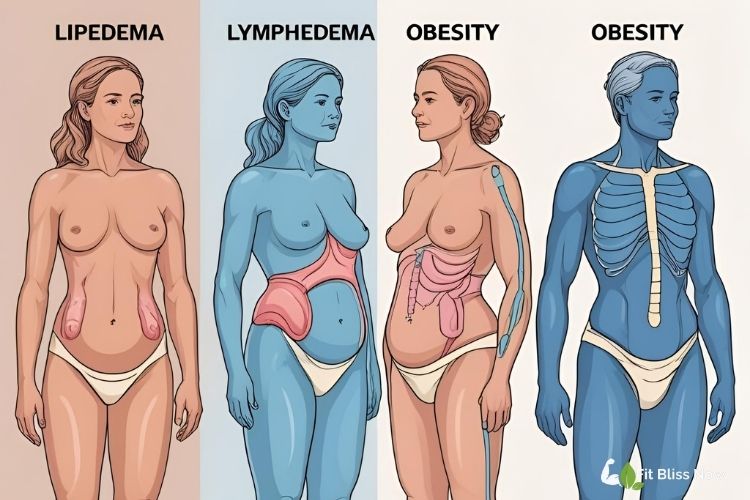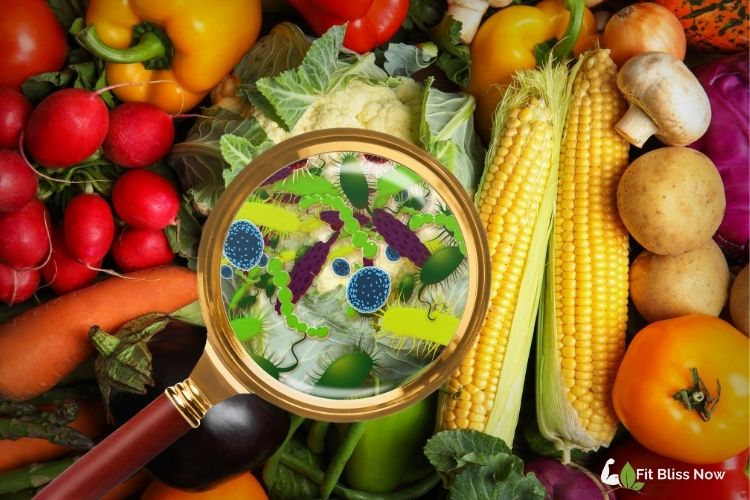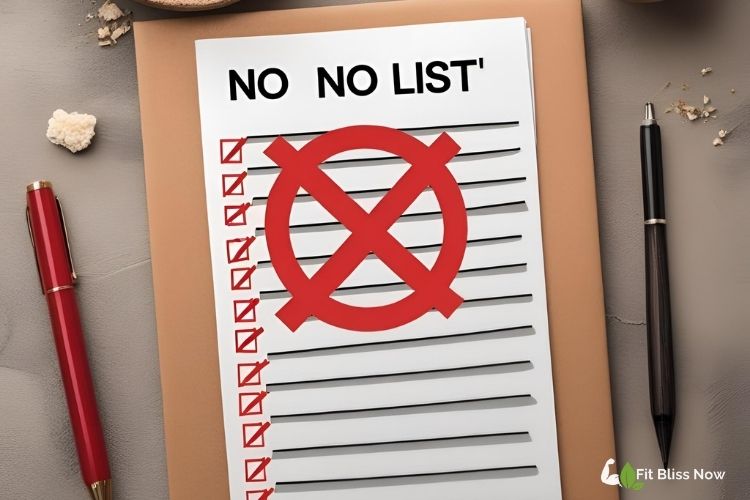Learn what the Lipedema diet is, what to eat and avoid, and how to manage symptoms with healthy nutrition choices.
Introduction
Lipedema is a chronic condition that mainly affects women, leading to painful fat accumulation in the legs, thighs, and sometimes arms. It is often misdiagnosed or confused with obesity or lymphedema. While there is no known cure for lipedema, proper diet and lifestyle changes can help manage symptoms, reduce inflammation, and improve quality of life.
In this guide, we will explore:
✅ What is the Lipedema diet?
✅ The best nutrition tips for Lipedema
✅ Foods to include and avoid
✅ Meal ideas and a sample meal plan
✅ Visuals and infographics to make learning easier!
Table of Contents
What is Lipedema?
Why Diet Matters in Lipedema
Key Principles of the Lipedema Diet
Top 10 Foods to Eat for Lipedema
Foods to Avoid with Lipedema
Sample 1-Day Meal Plan for Lipedema
Additional Tips for Managing Lipedema
Conclusion
1. What is Lipedema?
Lipedema is a chronic fat disorder where fat cells accumulate in specific areas of the body, leading to swelling, pain, and a heavy sensation. Unlike regular fat, lipedema fat is resistant to diet and exercise. It often starts during hormonal changes like puberty, pregnancy, or menopause.

What is Lipedema?
Key Principles of the Lipedema Diet
The lipedema diet focuses on reducing inflammatory foods and increasing nutrient-dense choices. Here are the main principles:
🥦 Focus on whole, unprocessed foods
🥑 Choose healthy fats like olive oil, avocados, and nuts
🐟 Eat omega-3-rich foods (salmon, chia seeds, flaxseeds)
🍓 Add antioxidant-rich fruits and vegetables
💧 Drink plenty of water to support lymphatic flow
🚫 Limit refined sugars and processed carbs
🧂 Reduce salt to prevent water retention
4. Top 10 Foods to Eat for Lipedema
Here are the best foods to include in a lipedema diet:
Leafy greens (spinach, kale, arugula)
Berries (blueberries, raspberries, strawberries)
Fatty fish (salmon, sardines, mackerel)
Nuts and seeds (almonds, chia, flaxseeds)
Olive oil (extra virgin)
Avocados
Turmeric (with black pepper for absorption)
Green tea
Legumes (lentils, chickpeas)
Fermented foods (kimchi, sauerkraut, yogurt)

What is Lipedema?
5. Foods to Avoid with Lipedema
Certain foods can worsen lipedema symptoms by increasing inflammation and water retention. Here’s what to limit or avoid:
🚫 Refined sugar (cakes, candies, sugary drinks)
🚫 Refined flour products (white bread, pasta)
🚫 Processed meats (sausages, bacon)
🚫 Trans fats (fried foods, margarine)
🚫 Excessive salt (fast food, snacks)
🚫 Alcohol
🚫 Dairy (in some cases, due to inflammation)

What is Lipedema?
6. Sample 1-Day Meal Plan for Lipedema
Here’s an example of a lipedema-friendly meal plan:
🥣 Breakfast: Chia seed pudding with berries, almonds, and green tea
🥗 Lunch: Grilled salmon with quinoa, steamed broccoli, and olive oil dressing
🥑 Snack: Sliced avocado with lemon and sea salt
🥘 Dinner: Lentil stew with spinach and turmeric, served with a side of sauerkraut
🍵 Evening: Herbal tea (ginger or chamomile)
7. Additional Tips for Managing Lipedema
✅ Practice dry brushing to stimulate lymph flow
✅ Get gentle movement daily (walking, swimming, yoga)
✅ Wear compression garments as prescribed
✅ Prioritize quality sleep
✅ Consider lymphatic massage or manual lymph drainage therapy
✅ Stay consistent with anti-inflammatory eating
While lipedema is a complex condition, diet and lifestyle choices can make a significant impact on managing symptoms. By following a lipedema diet rich in anti-inflammatory foods and avoiding triggers, you can reduce pain, improve mobility, and feel more in control of your health.
Remember, every person with lipedema is unique. It’s important to listen to your body, work with healthcare professionals, and create a personalized plan that works best for you.
✅ Final Visual Placement Guide:
What is Lipedema? section: Diagram comparing lipedema, lymphedema, and obesity
Top 10 Foods to Eat for Lipedema: Colorful infographic
Foods to Avoid: Red “No List” graphic
Additional Tips: Lifestyle tips infographic
Would you like me to also design a Pinterest pin, Instagram post, or LinkedIn article layout for this topic? Let me know if you’d like a visual draft! 📊✨


